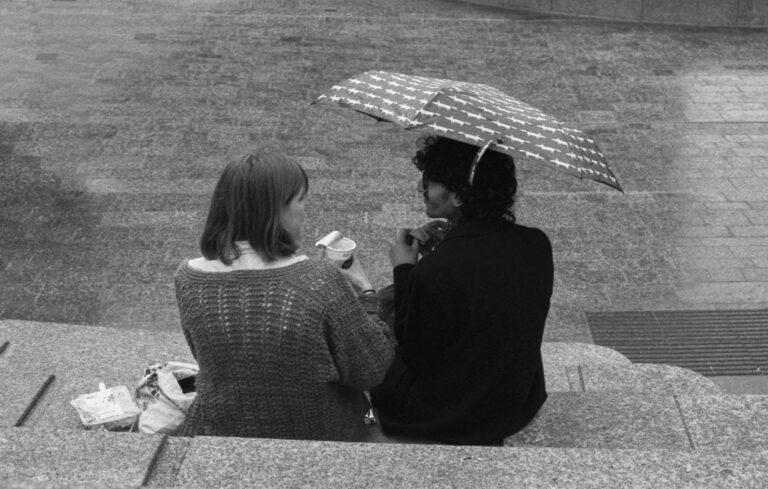In June 1989, Amateur Photographer magazine teamed up with Jessop of Leicester to bring readers a once in a lifetime bargain offer of a “Cosmic Symbol” camera for just £8.95 or £22.80 inflation adjusted as of February 2024. Far from being an end of the line sell off of a total failure, the Cosmic Symbol was manufactured and sold for twenty years from 1971 to 1991 – a full two years after this special offer.
The Symbol was seen by some readers as a “proper” camera. It had absolutely none of this modern, unnecessary techno-nonsense that manufacturers were insisting on ramming down consumer’s throats. No, this was for real, serious photographers who wanted to maintain complete control without any form of electronic interference. Computers were the ruination of photography and this was clockwork as they come. At least that’s how it was sold to readers.
Depending on the angle you took, however, this was apparently also for total beginners who must graduate from the school of manual photography to earn their stripes and the right to use the grown up cameras with their built in meters and fancy motor drives. You can’t use an SLR unless you know what you’re doing!
Well, which one was it? Just how good or bad was a discount special, Russian import camera? There was only one way to find out, or at least there would have been if I’d bought the right model…
- Back to basics with a special offer
- The reception
- Sme Smena history and model differences
- Using a Cosmic camera
- Conclusions
Back to basics with a special offer
Apparently, the special offer for a discount Symbol was in celebration of 150 years of photography. I’m not exactly sure what kind of celebration they meant, whether this was a case of “look how wonderful and simple photography can be!” or more “thank God you don’t have to put up with cameras like this any more, here’s a reminder of why you spent £500 on an SLR.” Either way, cheap is cheap and lots of people took AP up on the offer and snapped up this £8.95 delight.
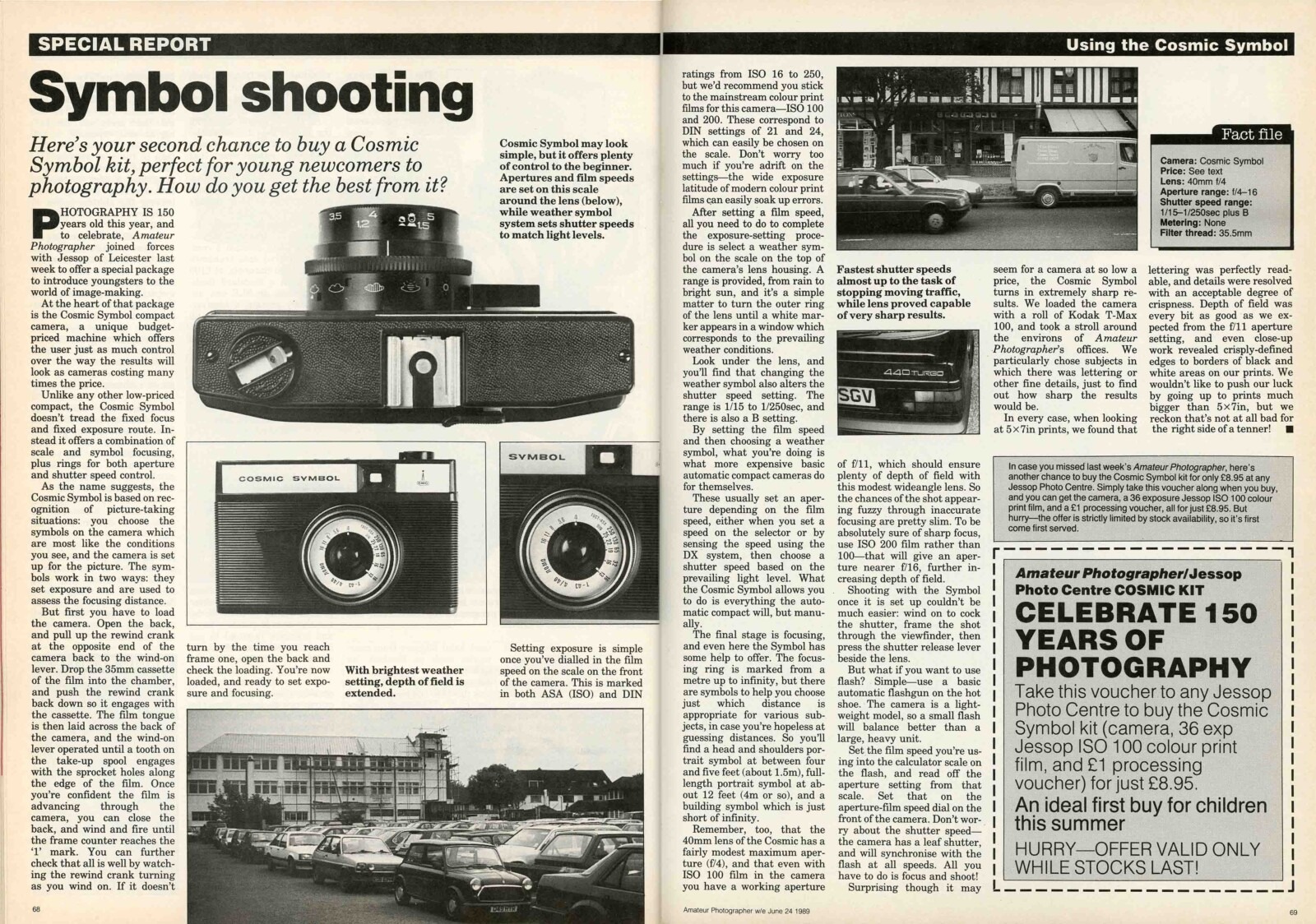
The symbol feels fairly typical of many early roll film cameras that would’ve taken 120, 620 or similar films, indeed when I first read about them in the letters pages of a later issue I almost overlooked them based on this assumption. When I realised they were 35mm cameras it suddenly became more interesting and definitely more accessible.
AP celebrated the camera as an opportunity to return to “real” photography and in fairness, they had a point. In a time when film and developing was cheap as chips, it wouldn’t have mattered if you lost a roll or two learning the foibles of this very, very manual camera and perfected your ability to guess exposures. Any manual camera does give you that wonderful gift of time – unless you like wasting film and getting no shots worth keeping, you have no choice but to slow down, consider each shot, set things up carefully and just enjoy the moment. Furthermore, it makes some fun effects easily accessible. Whether intentional or deliberated, double exposures are a piece of cake!
The cynic in me just thinks that Jessop had an opportunity to bulk buy these on the cheap and it was an extremely convenient way to knock them all out in double quick time. That’s not to say the Cosmic Symbol is junk, it’s certainly above plastic toy type cameras like the ever ubiquitous Diana and decidedly higher quality in its construction, design and optics. Gomz (the Russian company that made them) had a winning formula on their hands and they knew it.
The Cosmic Symbol was a success by any stretch of the imagination and according to sovietcams.com they sold 4.1 million of them at the bargain price of about 20 roubles. I cannot find accurate inflation figures anywhere, so the best I can do is something of a ballpark estimate that it equates roughly to £20 in todays money. All things considered, this was a remarkably cheap camera built to perfectly match the intended target market.
The reception
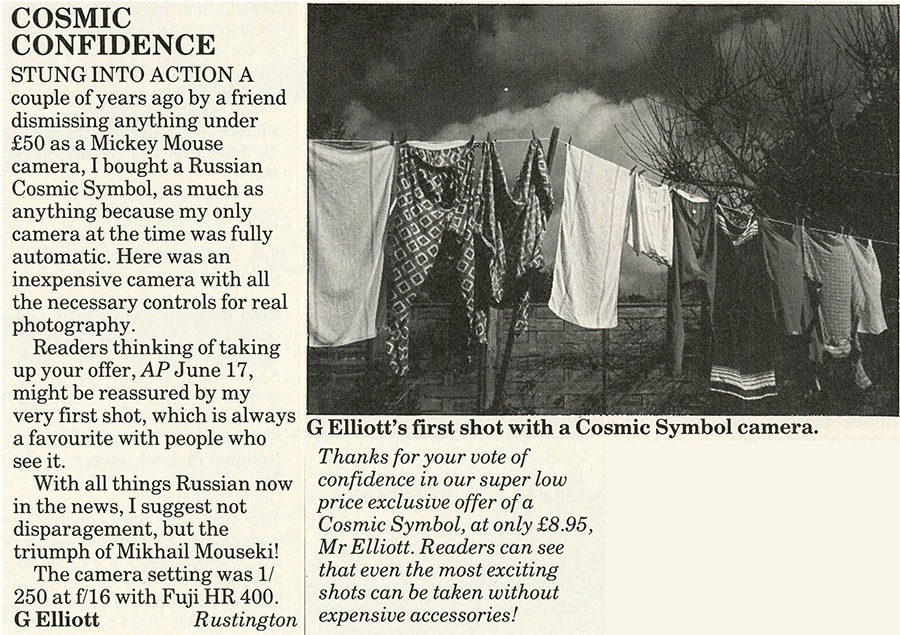
I’ve spent far too long in the letters pages of old AP magazines. They are a goldmine of social history and a wonderful time capsule that throws you back decades in an instant, whilst reminding you just how different society was thirty years ago. One thing I have learned is that people liked to complain. A lot. About everything. Quite remarkably then, no one had anything bad to say about the Cosmic Symbol – not one single complaint. Perhaps they just chose not to publish negative feedback, but to give the magazine its due, they didn’t usually shy away from printing some brilliant rants.
The letters that they did publish were all very much of a type. Mr G Elliot, who went out of his way to prove that even “Mickey Mouse” cameras can take good pictures. The picture of his washing line is certainly quaint but I’m not sure it really proves the point. I love how he says “here was an inexpensive camera with all the controls for real photography!” Other than aperture, shutter speed and focus, what controls did he feel were missing from cameras of the late 80’s? I’m fairly sure that lots of SLR’s had all of these controls and an accompanying manual mode. This, however, was the time of much upset because of automation being thrust upon an unwilling and unwelcoming community of die hard photographers who’d have their distance scale pried out of their cold, dying hands before they adopted an auto focus body!
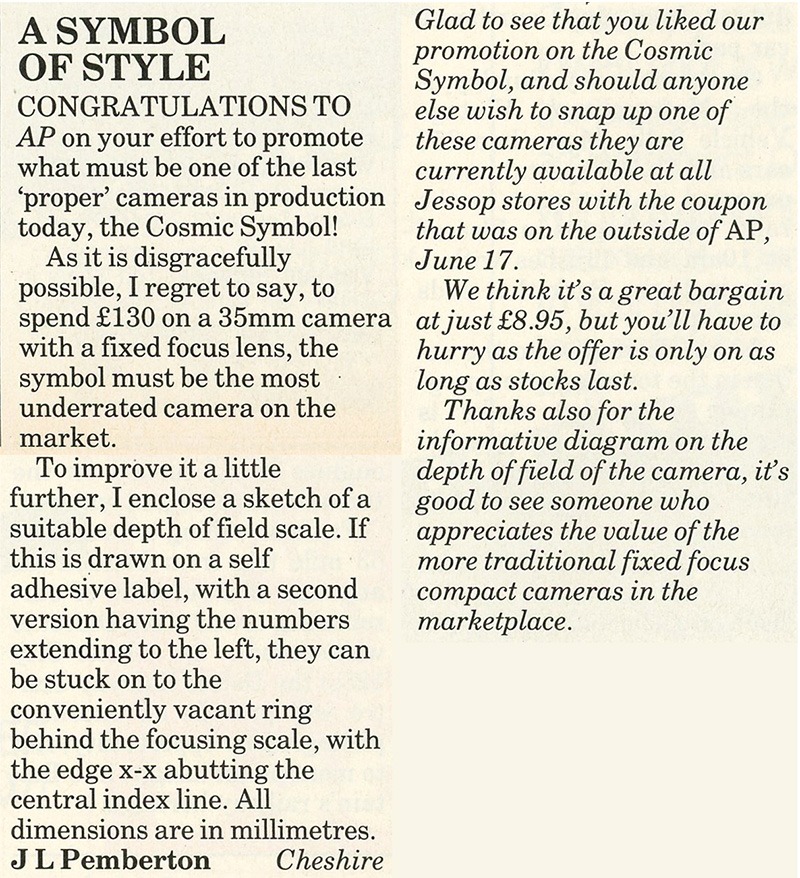
Mr Pemberton second’s the motion that the Symbol is an all round proper camera, none of this expensive, fixed focus compact nonsense. He’d had his ruler and pencil out in double quick time and even knocked up a distance scale for the lens (something we’ll come back to shortly) and included it with his letter. I do like the heartfelt thanks AP gave him for his work before proceeding to not publish it. A worthwhile effort, then!
Well, with all this praise abound, that’s all the convincing I needed really for a quick browse on eBay so I could get it all very wrong. Or not so wrong, depending on how you look at it…
Sme Smena history and model differences
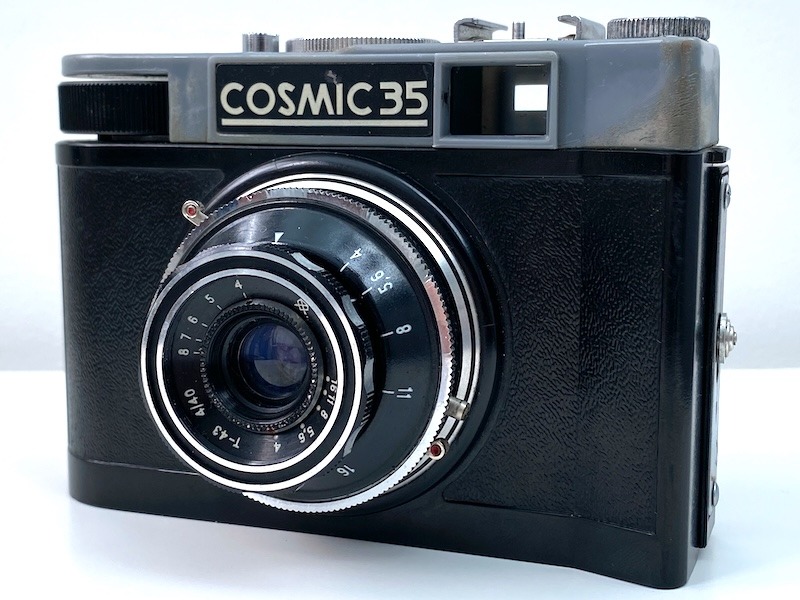
After an all too brief and cursory search on eBay for Cosmic cameras, I bought pretty much the first camera that had “Cosmic” written on it, looked in ok condition and cost next to nothing. Being as they looked pretty similar and both took 35mm film, I just presumed that Cosmic 35 and Cosmic Symbol would be much of the same thing. It turns out they both are and they aren’t.
The Cosmic 35 is one of the last models in a relatively long line of “Smena” cameras with single digit model numbers. They go way back to the early 1960’s with the Smena 6, a plastic bodied 35mm camera with the T-43 lens. This lens is a fixed 40mm, F4 lens that featured for decades on various Smena models. This is indeed the same lens that is present on the Smena Symbol – effectively making them the same camera in a different body.
Early Smena cameras took 35mm but in a reel to reel format. Later revisions of the Smena 7 and 8 (the 8 being the Cosmic 35 outside Russia) simply changed the design to incorporate standard 35mm films, with various tweaks to both the film wind and rewind mechanisms. Optically, nothing changed, but there are some important differences between the Smena 8 and the Smena Symbol.
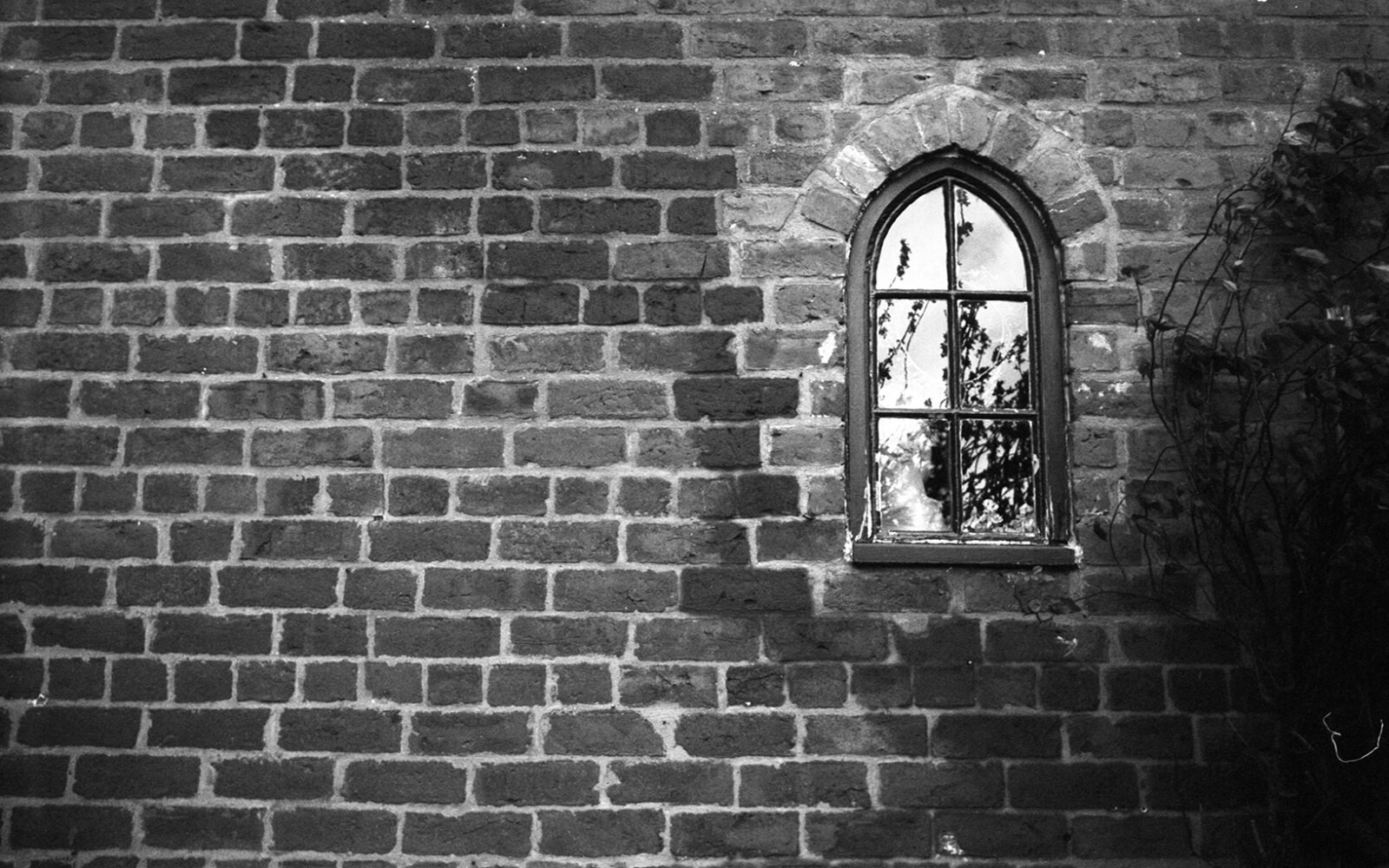
The Symbol is a later model which had two goals – being slightly easier to use and slightly cheaper. Whilst optically the lens is the same, the mechanism has been adjusted to be “quick cocking” with a much larger plastic lever and also the shutter is linked to the film wind, so double exposures shouldn’t be possible. They are more than possible on the Cosmic 35! The lens barrel was also enclosed in plastic rings containing, wait for it, symbols! These replaced shutter speeds with weather based icons to help people better judge their exposures, even though you still had to manually select an F stop on the front of the lens with the extremely thin and awkward aperture ring.
Suffice to say, an image taken on a Symbol will be indistinguishable from that taken on a Cosmic 35. The lens element, coatings, aperture blades and focal length are all identical. In a long, round about way, I may have bought the wrong model but it achieves the same goal! Almost…
Using a Cosmic camera
Getting up and running isn’t too difficult if you’ve any experience whatsoever of a fully manual camera, especially a TLR – the operation is very similar. Reading the manual (available here if you’re interested) is a great introduction to a world of poor and odd translations. My favourite part is at the end where it says the lens may be cleaned with a lawn. That’s handy to know – there are gardens everywhere so if ever I’m out of lens cloths I can always just wipe it on the nearest well trimmed grass.
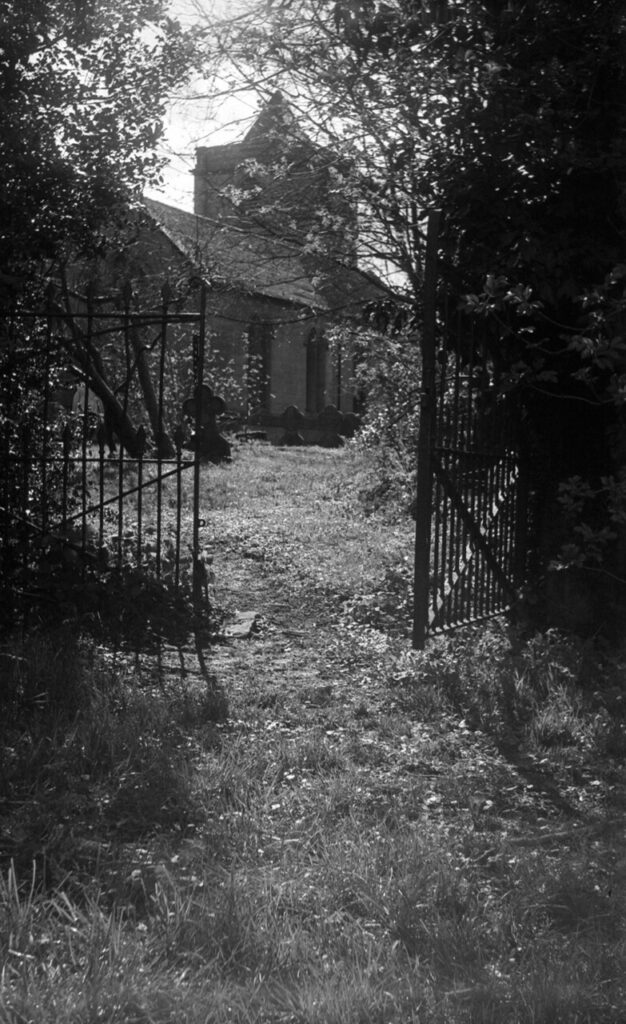
Loading film is painless enough, one of the improvements on the Smena 8/Cosmic 35 was the introduction of a proper take-up spool for the film as you wound it on. Less can be said for the rewind mechanism. To rewind the film you have to click the shutter down then twist it to the right to lock it in place, then raise the proportionally (compared to the wind on wheel) tiny rewind knob and start pulling the film back across.
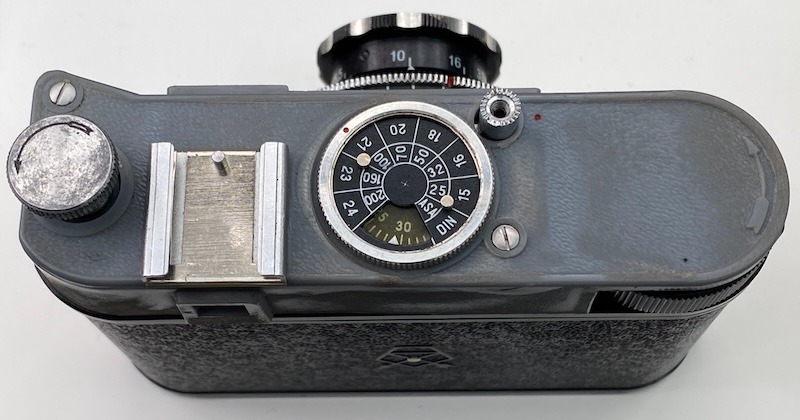
This would be fine but after 10 or so turns the rewind wheel becomes almost impossible to turn. This isn’t because my camera is broken and is something that’s mentioned in the manual that “may occur.” I found the most comfortable way of rewinding the film without the aid of metallic fingers was to wind both wheels together at the same time.
At the top of the camera is a little dial that has an “ISO reminder” which is the little red dot that you can set manually by carefully twisting the inner two metal protrusions and a really quite lovely countdown frame counter which spins round each time you wind on the film and magically lands one frame frame further back. I like mechanical and clockwork type mechanisms so this ticked a box.
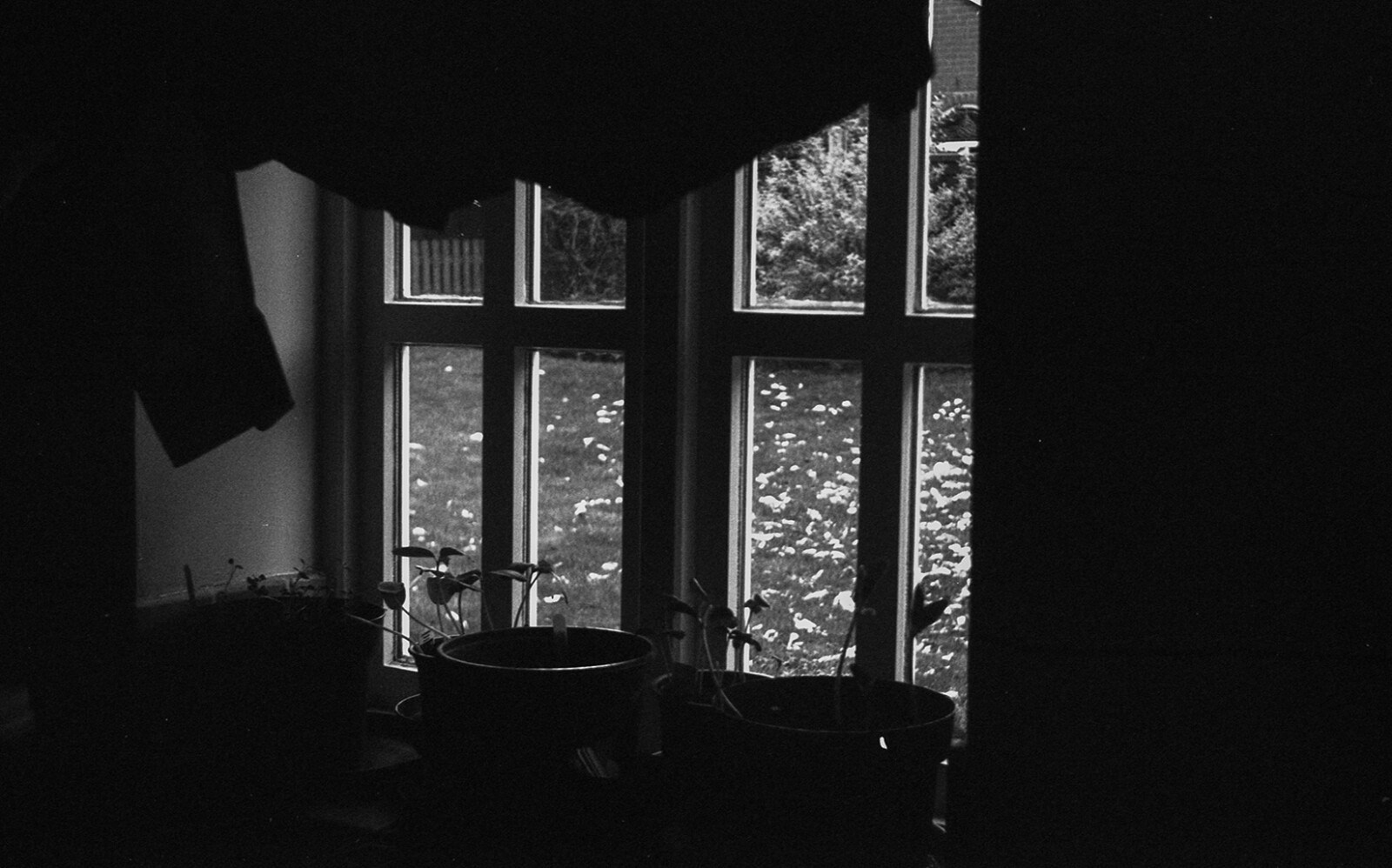
The worry when using a fully manual camera is getting the exposure right when the camera itself has no metering available. Furthermore, on a camera like this you also wonder just how accurate the shutter speeds really are and my instinct is that the answer is that they’re more like a ballpark than an accurate reproduction of the numbers printed on the lens barrel. The truth is that black and white film has so much latitude for exposure and is so forgiving that you can almost get away with anything. As long as you are somewhere in the right postcode you’ll get a negative that you can do something with. It won’t be perfect, of course, but I found that the only shots I lost on an entire roll were not down to exposure. I lost plenty for other reasons, though!
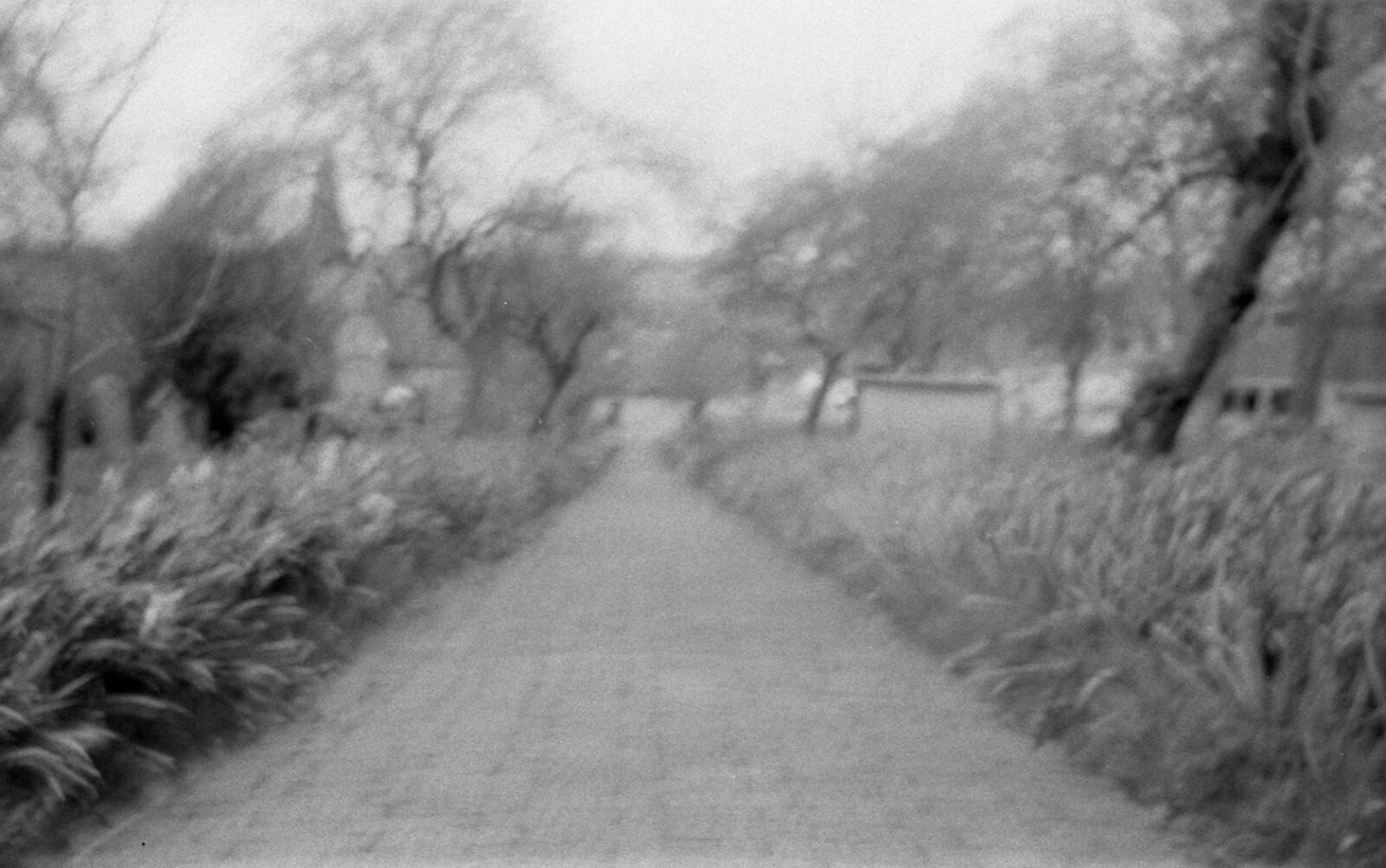 | 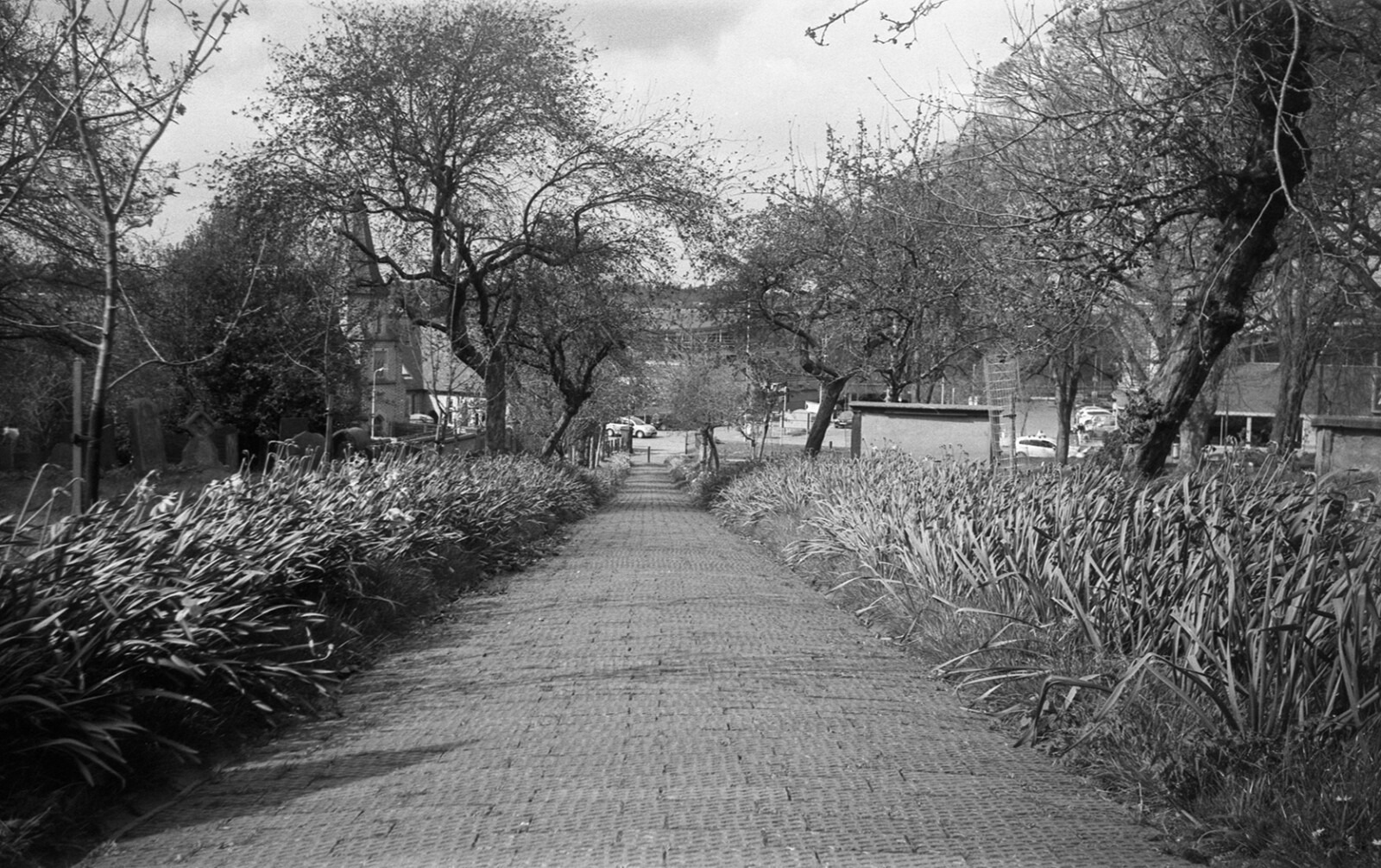 |
My most common error was with the shutter cocking lever. To prime the shutter, you simply push it down until it clicks in place, then frame up your shot and press the shutter – at which point the lever pops back up again and hits your finger causing the shutter to fire at the wrong speed! I don’t have particularly large hands but even so, the right side of the camera is quite compact and I naturally have several fingers quite close to the lens when taking a picture. On several occasions I pressed the shutter and then felt a dull thud as the shutter lever hit me on its way back up. I’m not sure why this happened more than once, holding the camera now and playing about with it I don’t put my hands in the way? How odd…
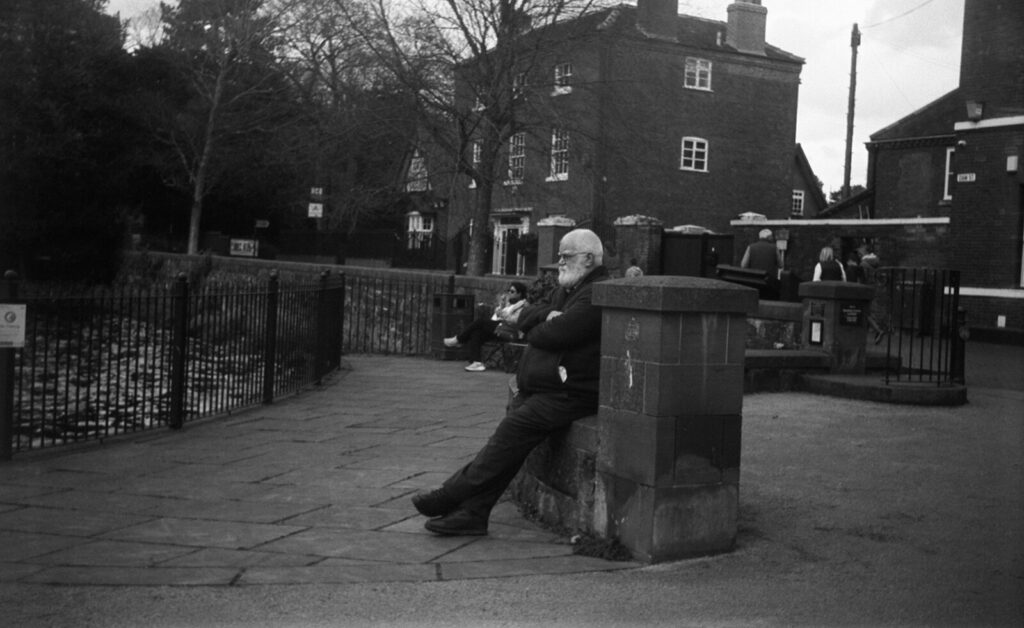
Where I live, the town centre is quite small so I never do street photography as such there because you stand out like a sore thumb and I much prefer blending into the crowd or being somewhere where people are used to cameras being waved about the place. However, needing to finish the roll in the Cosmic I thought I’d try out some “waist level” shots, which are far less conspicuous than holding a camera to your face. The Cosmic 35 is compact anyway, so it’s fairly inconspicuous as it is.
Some street photographers swear by this method, walking around with their Leica’s and shooting nothing but off the hip (literally) shots. They say it gives the correct perspective, captures moments you wouldn’t otherwise and so on. There are some caveats, the main one being that you will eat film when learning this method and adjust to being able to frame a picture without looking through a viewfinder. This is one of the reasons that 35 and 28mm lenses are so popular for this. I’ve never really liked this approach, partly because I cannot afford to burn film in this way and partly because I prefer SLR’s which stand out no matter where you hold them.
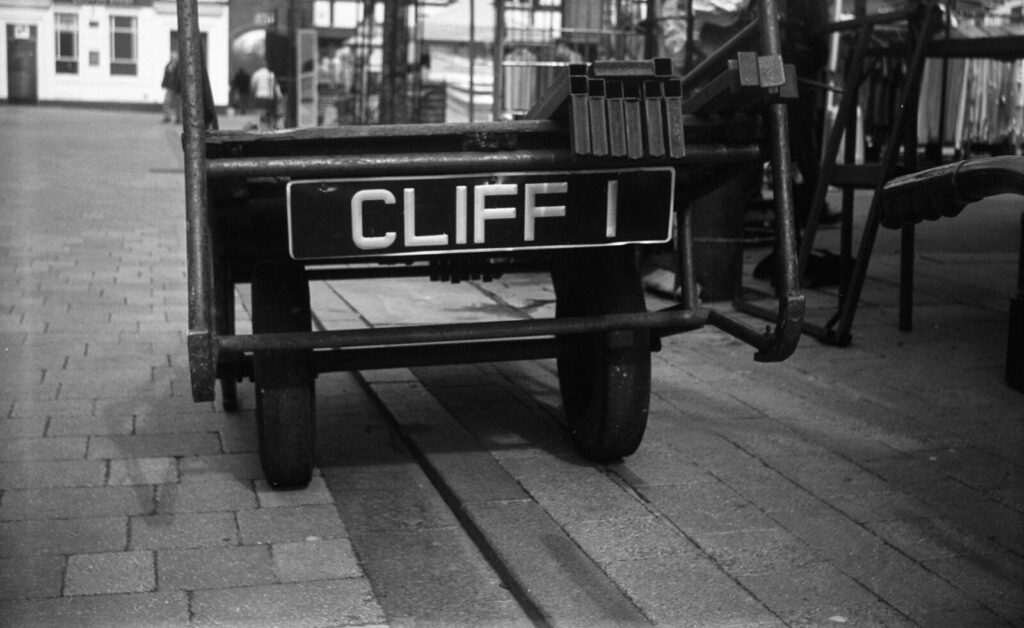
One thing I did like about the lens on the Cosmic is that it gives a huge depth of field range, particularly at F11. On the lens scale it suggests that at F11 everything from 5ft to infinity will be in focus. For street, that’s pretty much everything that will be in focus, especially with a 40mm lens where anything closer than 5ft and you’d practically be on top of the person you’re trying to capture. With this all set up I varied the shutter between 1/125 and 1/250th depending on the very variable light that day and wandered about clicking off shots of anything that appeared in front of me.
I must admit to quite enjoying the experience. No one pays any attention to you holding a Cosmic 35 and if they do it just looks like a toy. The odd person did look more closely, I guess because some people will wonder why you’re walking round with a camera that belongs in a museum rather than on the streets of 2024, but not many did. The results of this experiment were varied, as you’d expect. I also managed to do the dreaded shutter fingers move a couple of times and lost one or two frames to the inevitable blur. However, even at 1/125th I got a couple of usable frames, but certainly 1/250th was more successful.
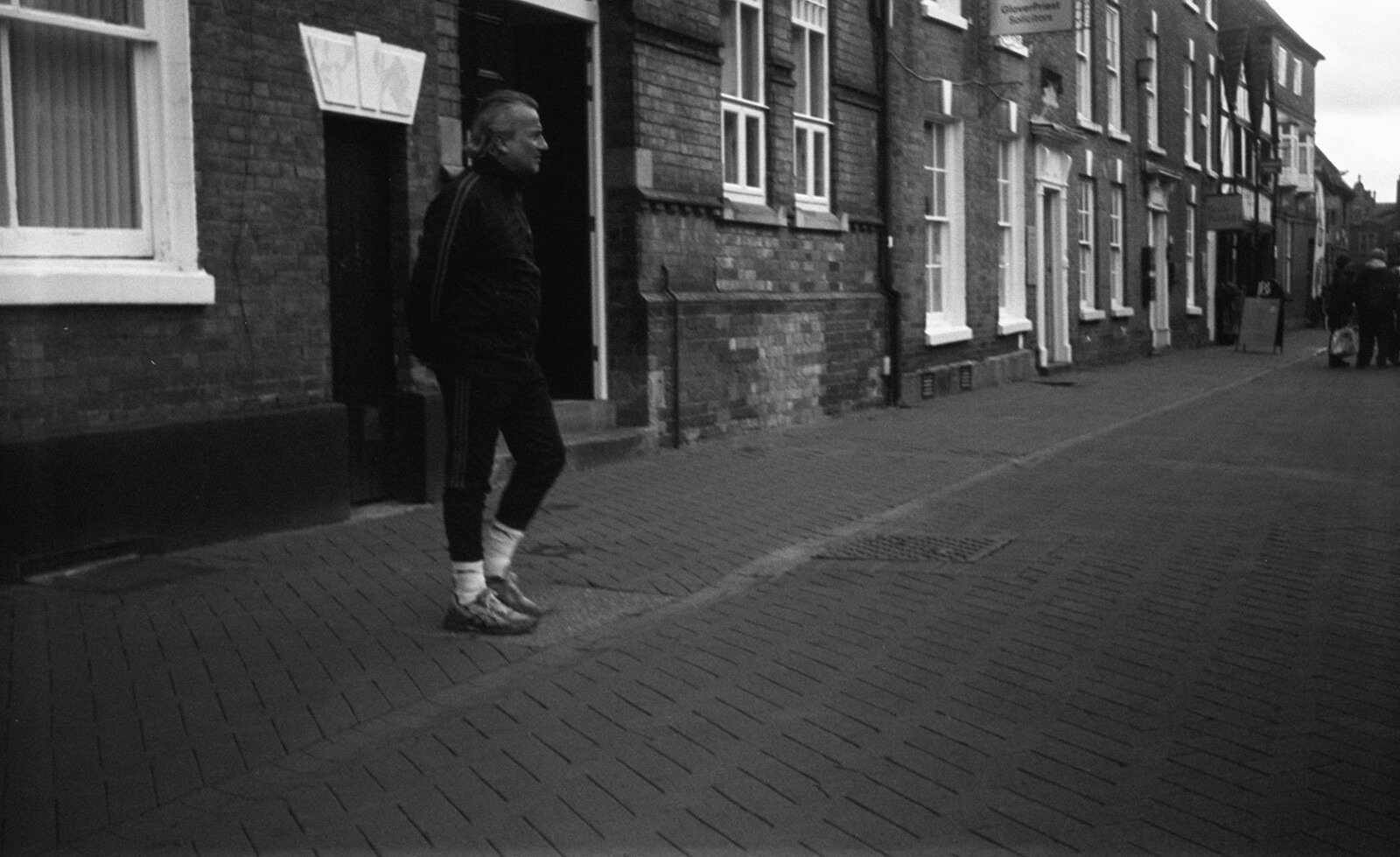
This outing changed the way I used the camera for the remainder of the roll that I put through it. I got into the habit of using ranges of focus rather than trying to mindlessly guess distances and I stopped worrying so much about the correct exposure. Every so often I’d take a meter reading and then within the boundaries of those I’d adjust by a stop or two here and there depending on what the light was doing. This worked really well and, whilst not perfect, the forgiving nature of film means you can get away with this approach a lot of the time. You also find yourself beginning to look at a scene and automatically thinking “That’s about 1/125 at f8” – the number of times I was within a margin of error was quite a nice surprise! If you want to learn to become a human light meter, this is definitely the way to go.
Conclusions
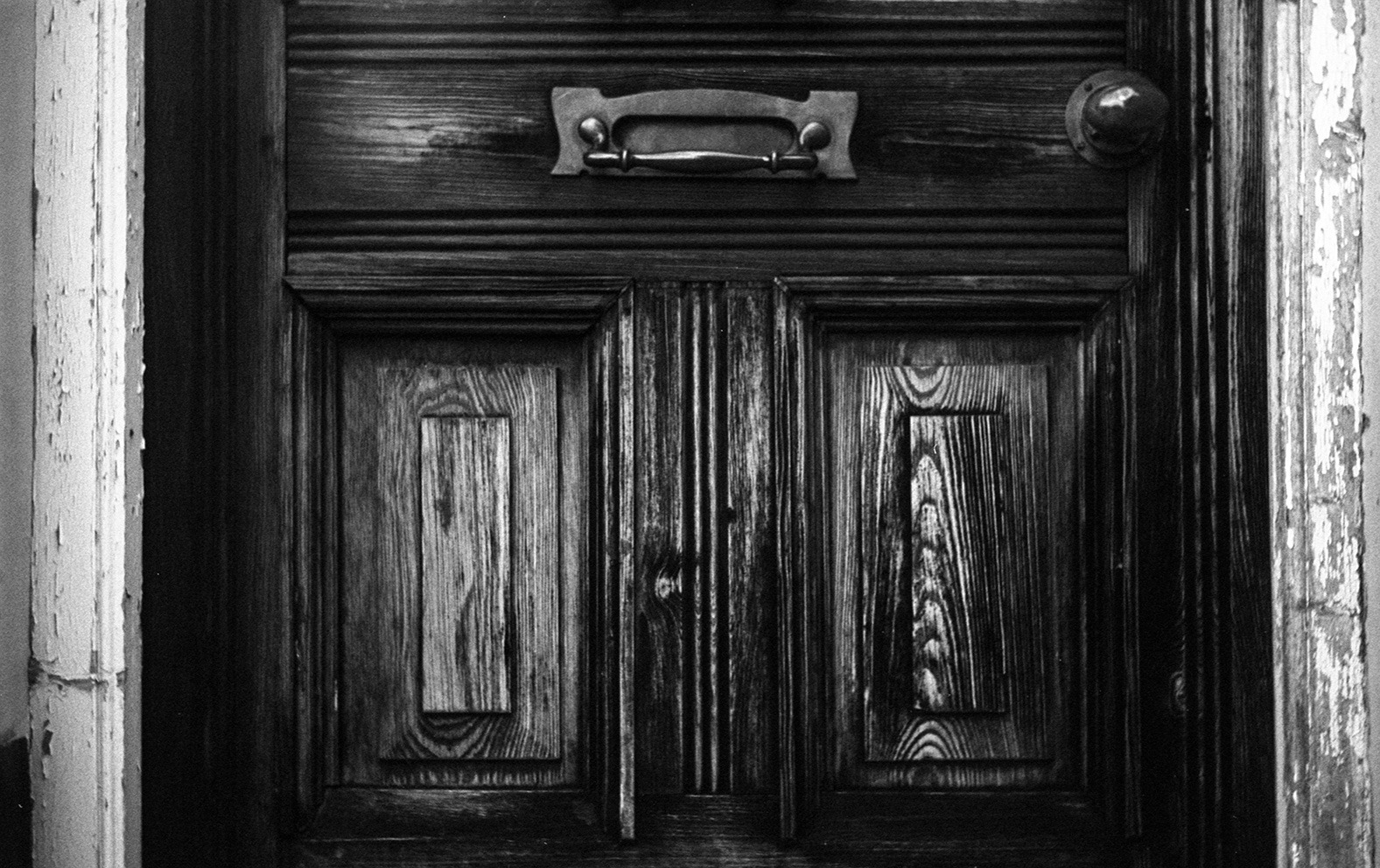
Every camera has its own unique characteristics, whether they are just in the handling, controls or in the type of images they produce. The Cosmic 35 is certainly unique and challenged me initially as I had to re-adjust to “proper photography for real photographers” again, but once I did and I remembered to move my fingers out of the way I found myself quite enjoying it.
When used thoughtfully and carefully the images produced are surprisingly sharp and clear. The lens has some quite obvious softness around the edges as well as a reasonable vignette too, however you’d have to put these down as “character.” I like how compact and relatively discrete this camera is and also the fact it takes 35mm film. Most cameras that are this manual with similar lenses and shutter mechanisms are often bellows type foldables which take 120 film. 35mm is certainly less daunting and more forgiving when you can rattle off 36 shots as opposed to 8 on a roll of medium format.
I can understand why Amateur Photographer readers were largely positive about the Cosmic Symbol special offer. If all you want is to have a change of scene, slow down for a bit and shoot something entirely different then this is the way to do it for very little money indeed. There has been no market inflation either, the Cosmic cameras were cheap when new and they’re equally cheap now. I think they’re great value for a few rolls of fun.
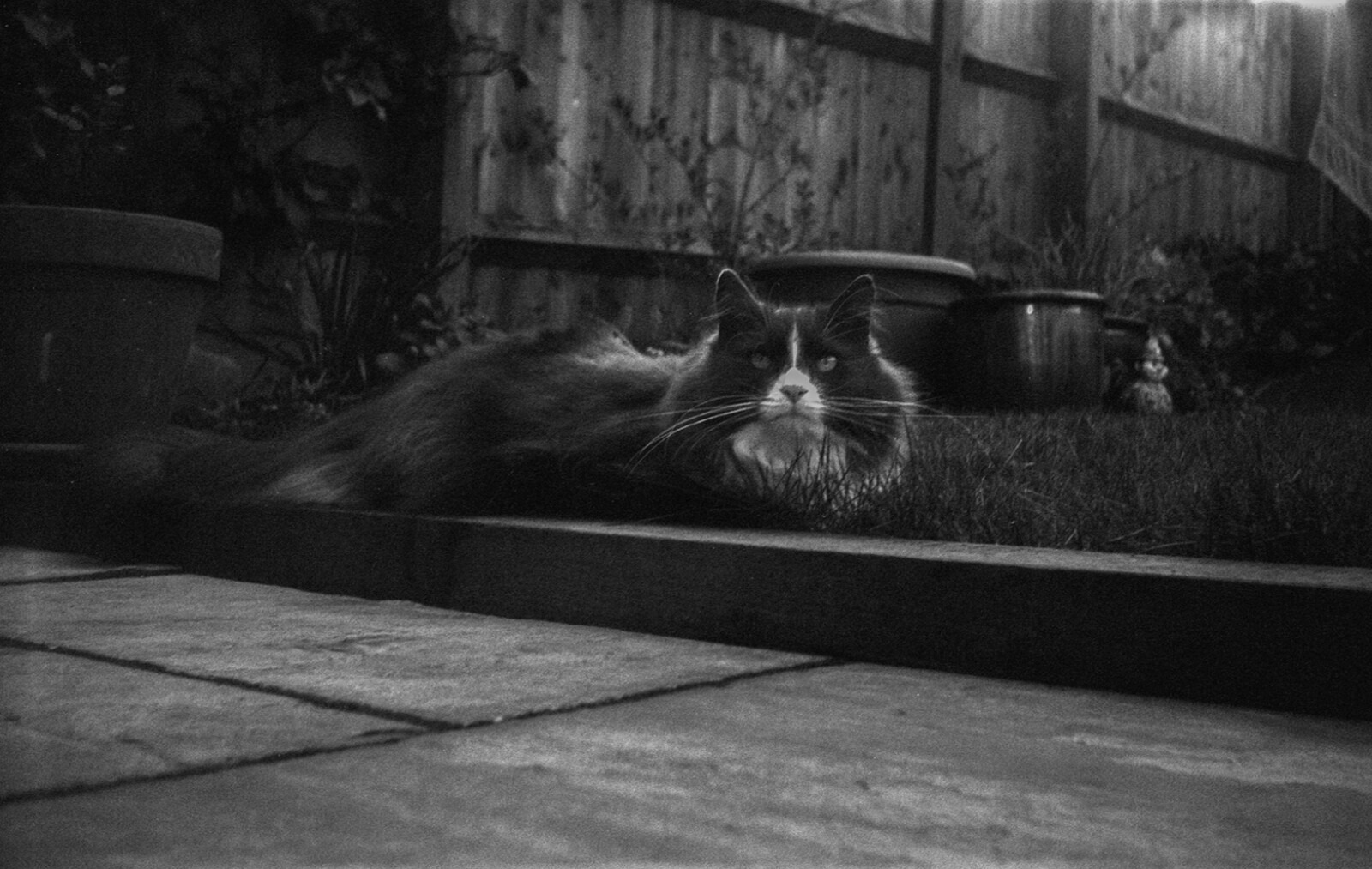
In the end I’m quite glad I bought the wrong model of Cosmic camera. Whilst the lens is exactly the same, the Cosmic 35 has a few subtle advantages over the Symbol. I prefer the build and look of the 35 over the Symbol and the ability to take multiple exposures on the same frame is fun – stupidly I only considered this at the end of the roll so the few frames I tried weren’t fantastic. Either way, I’d have probably taken exactly the same images regardless of which I’d bought.
I do wonder how many of these were sold as a result of the AP promotion and I also wish they’d run a series to showcase some of the pictures people had managed to take with these. I can imagine some creative people could come up with some really quite remarkable images regardless of how simple the camera is. I’d also think that a lot of children ended up with one of these as their entry point into photography as a cheap “it doesn’t matter if you drop it” camera. I’d love to hear from people who had one of these, I had a lot of fun with mine and I’m sure plenty of other people did too.
I doubt I’ll bother selling it on, the cost of postage is probably more than the camera itself would sell for. This is another one to sit on the shelf of cameras to come out again some time in the future when I can think of a reason to shoot it again. I might do another roll on the streets again to get my waist level eye in.
Definitely pick one up if you can find one for £10 or so!
Share this post:


